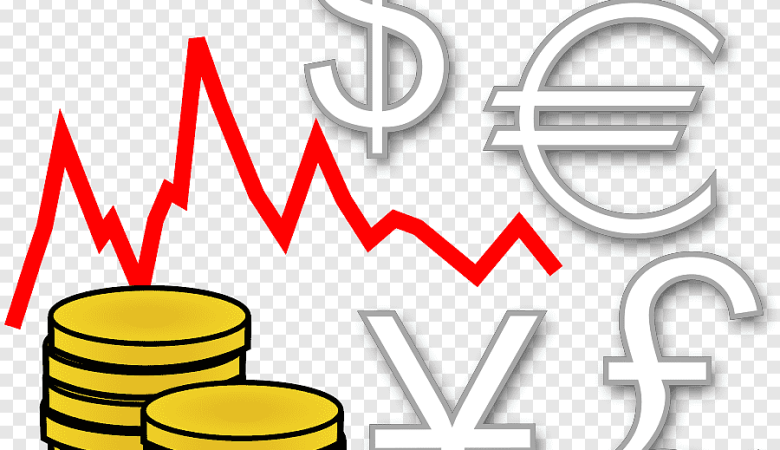Exchange rates in Iran
The Iranian currency is called the “Iranian rial” (IRR). However, in everyday life they often talk about such a monetary unit as “toman”. 1 toman is equal to 10 rials. In other words, 10,000 rials = 1,000 tomans.
So it is easier to make calculations in the markets and shops. To find out how many “tomans” the banknote in your hands is equal to, just mentally cross out one zero. Almost everywhere, Iranians talk about “tomans” and not about “rials”.
To understand how Iran’s currency exchange system works, it must be remembered that there are three independent systems for determining the exchange rate in the country:
1) Course “eskenas” (“banknote”)
This rate in practice is the market rate of the Iranian rial. It is for him that cash is exchanged in various “sarafi” (currency exchange and transfer points). However, banks do not have the official right to use this rate.
2) Course “rasmi” (“official”)
Iranian banks officially work at this rate. This course is officially announced by the Iranian Central Bank (CBI), after which it is followed by other banks with minor changes. The rate of “rasmi” fluctuates much less than “eskenas”. It is he who is shown in the currency exchange tables on various foreign sites. This rial exchange rate is regulated by the state and, as you might guess, is significantly overpriced.

However, not everyone has the right to purchase currency on such favorable terms in banks. An Iranian company wishing to purchase currency by selling rials at the official rate must present a license giving it the right to import products (that is, to prove that the currency is necessary for transactions). Individuals (residents of Iran) have the right to purchase a small amount of currency at the official rate by showing the bank air tickets or other documents confirming their imminent departure abroad.
3) The course “havale” (“for transfers”)
Since the transfer of Iranian currency abroad is difficult, this function is often taken over by “sarafi” using various foreign channels. It should be remembered that such a non-cash transfer is made according to the scheme “Sarafi in Iran – Iranian Sarafi in another country” or “Sarafi in Iran – a bank in another country”. The “havale” rate is always slightly higher than the “eskenas” rate (the commission of intermediaries is included there), and depends on the specific “sarafi” that transfers through its system.
Among them are quite well-known and reliable, the procedure implies the existence of certain guarantees, but much is done unofficially, and in determining the course one has to rely on trust in one or another “sarafi”. It is this system that is most widely used by private Iranian businesses, especially in recent years, after the strengthening of sanctions. We cannot present this course on the website, since each “sarafi” has its own.
Notes:
1. Most “sarafi” (especially in Tehran) also have the ability to make transfers through Western Union, WebMoney and other international online systems.
2. Some of the “sarafi” (as well as a small number of jewelry and carpet shops) accept Visa or MasterCard credit cards, but the exchange rate in this case will be extremely disadvantageous. But this is rather an exception to the rule. Don’t count on being able to use a credit card in Iran, always take enough cash with you on your trip.
3. As in any other country, it is better not to change large amounts in exchangers at airports or hotels.
4. Although Iranians do not use Visa and MasterCard systems, their own debit card system is well developed inside the country. Iranian bank cards are accepted even in small shops, there are many ATMs in cities. The system of payments via the Internet is developed, the systems of transfers “from card to card” are very effective. In some cases, it makes sense to open an Iranian bank account and get a local card tied to it, so as not to carry cash with you.




